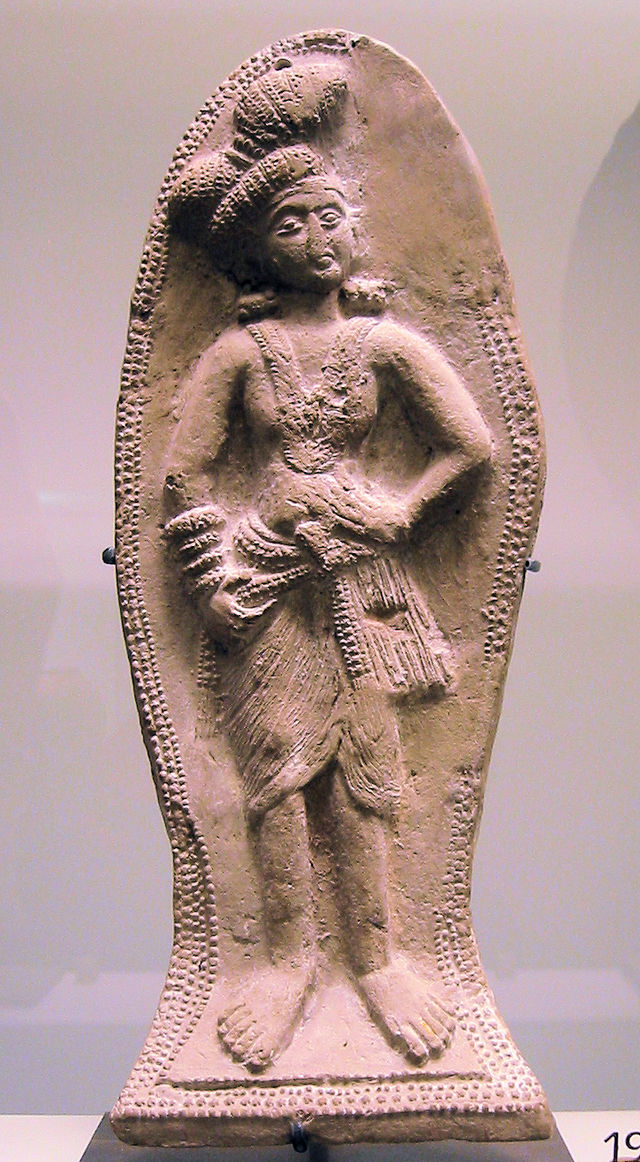Bhagabhadra
Bhagabhadra
Tratarasa
Bhagabhadra (Brāhmī: 𑀪𑀸𑀕𑀪𑀤𑁆𑀭 Bhā-ga-bha-dra, Bhāgabhadra) was a Shunga Emperor who reigned in northern and central India from around 114 BCE to 83 BCE.[citation needed] Although the capital of the Shungas was at Pataliputra, he was also known to have held court at Vidisha. It is thought that the name Bhagabhadra also appears in the regnal lists of the Shungas in the Puranic records, under the name Bhadraka, fifth ruler of the Shungas.[citation needed]
This article needs additional citations for verification. (August 2015) |
